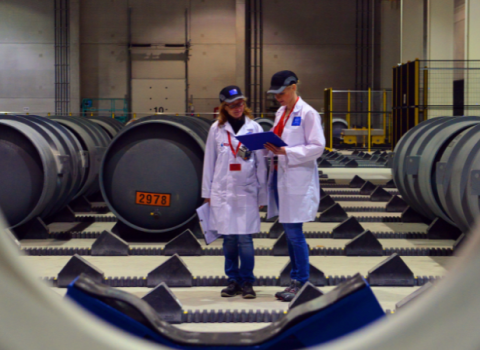Licensing opportunity
Scientists at Oxford University have developed a new method for local generation of hydrogen as an energy source use in laptops and communication devices. The method operates cleanly, at low temperatures, for long periods and at high yield.
There is a great deal of work ongoing on hydrogen storage materials that absorb hydrogen and release it on heating. The key difference of the Oxford approach is to use silica with water as the hydrogen storage medium. The initial step involves the conversion of silica to silicon nanopowder, which then releases hydrogen on demand, upon the addition of water.
Silica, which is regenerated as a by-product, can either be safely disposed or recycled. This technology could be used as an emergency hydrogen source in hydrogen fuel cell vehicles, as well as in lower power fuel cell applications, such laptops or communication devices.
The researchers have found a way to prepare silicon to make it suitable for sustained local generation of hydrogen. The reaction of silicon with water to form silica and hydrogen gas is an alternative sustainable route for the supply of hydrogen. However silicon is largely unreactive towards water under normal conditions, as the rapid initial reaction stops abruptly upon formation of an oxide layer. The new method overcomes this problem.
The technology offers a number of benefits:
an innovative approach for local hydrogen supply
low grade silicon can be used as a feedstock
hydrogen is generated at low temperatures (70-90°C)
long duration (12 hours)
high yield of hydrogen (36-58%)
uses non-corrosive and easily disposed-of chemicals
The invention is the subject of a UK patent application. Isis would like to talk to companies interested in developing the commercial opportunity. Please contact the Isis Project Manager.





 A unique international forum for public research organisations and companies to connect their external engagement with strategic interests around their R&D system.
A unique international forum for public research organisations and companies to connect their external engagement with strategic interests around their R&D system.